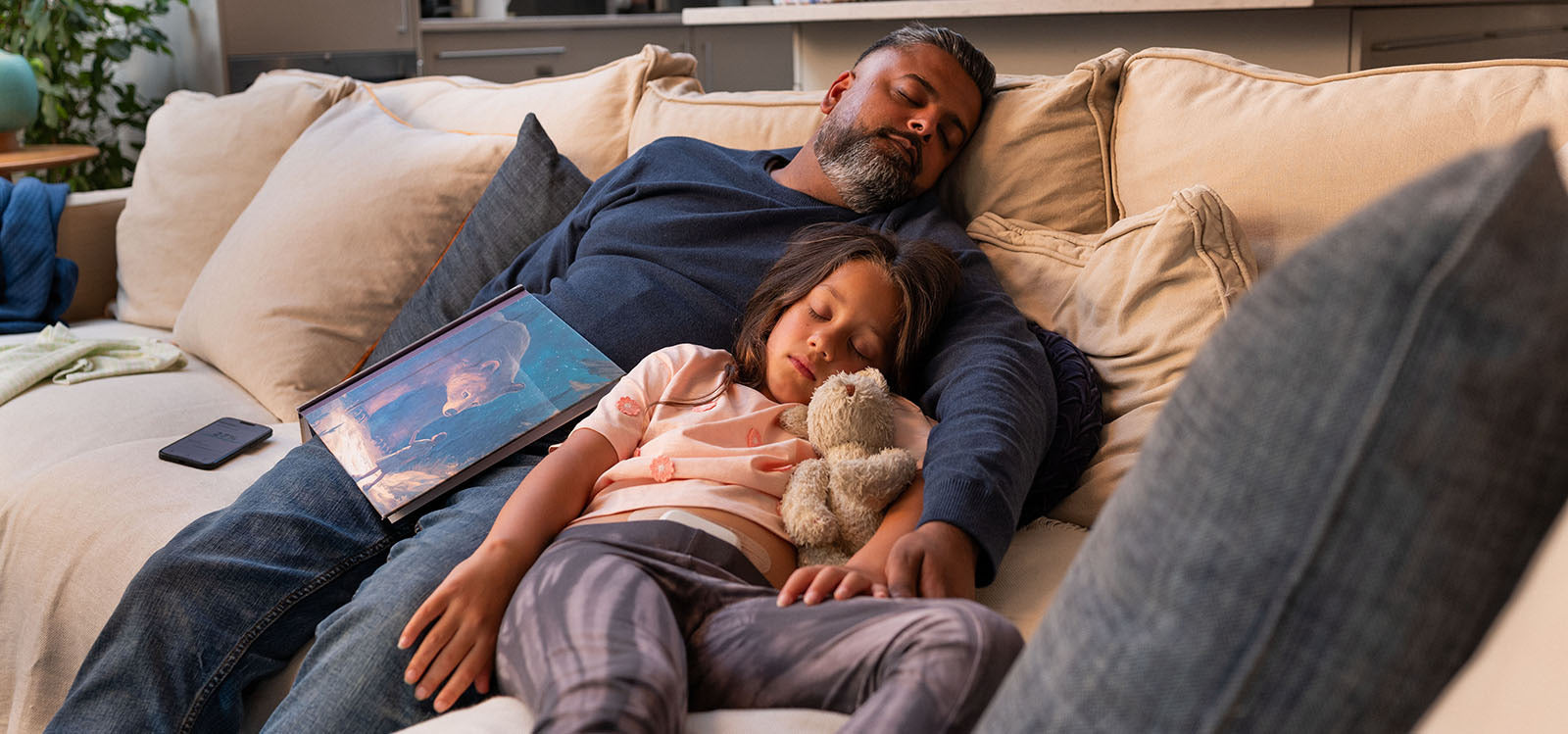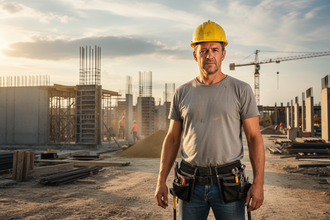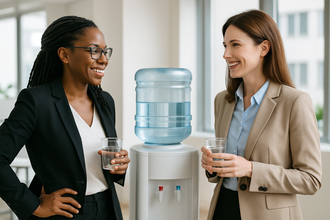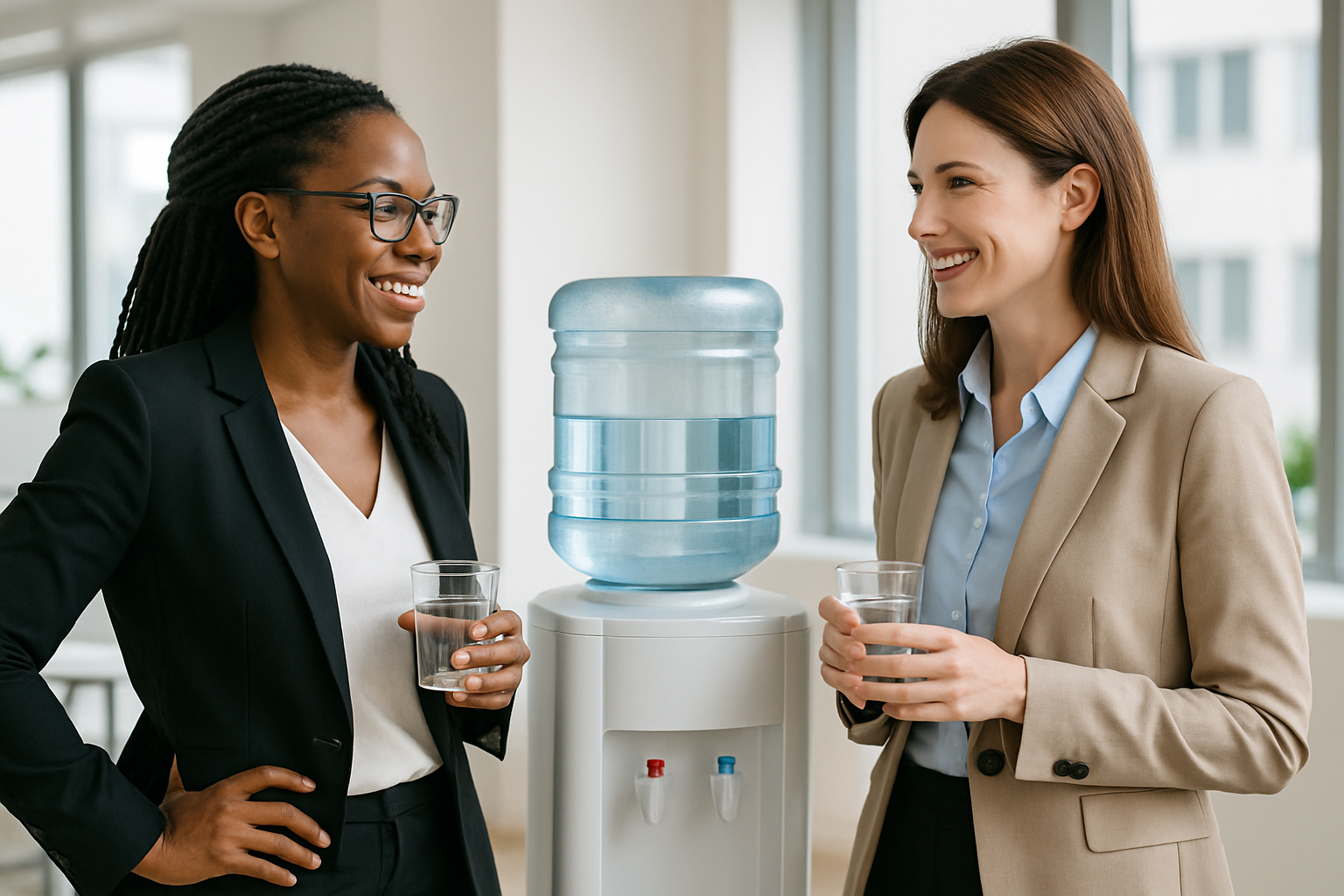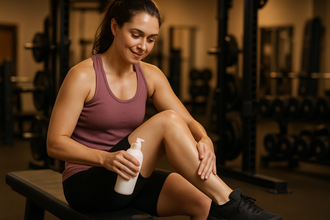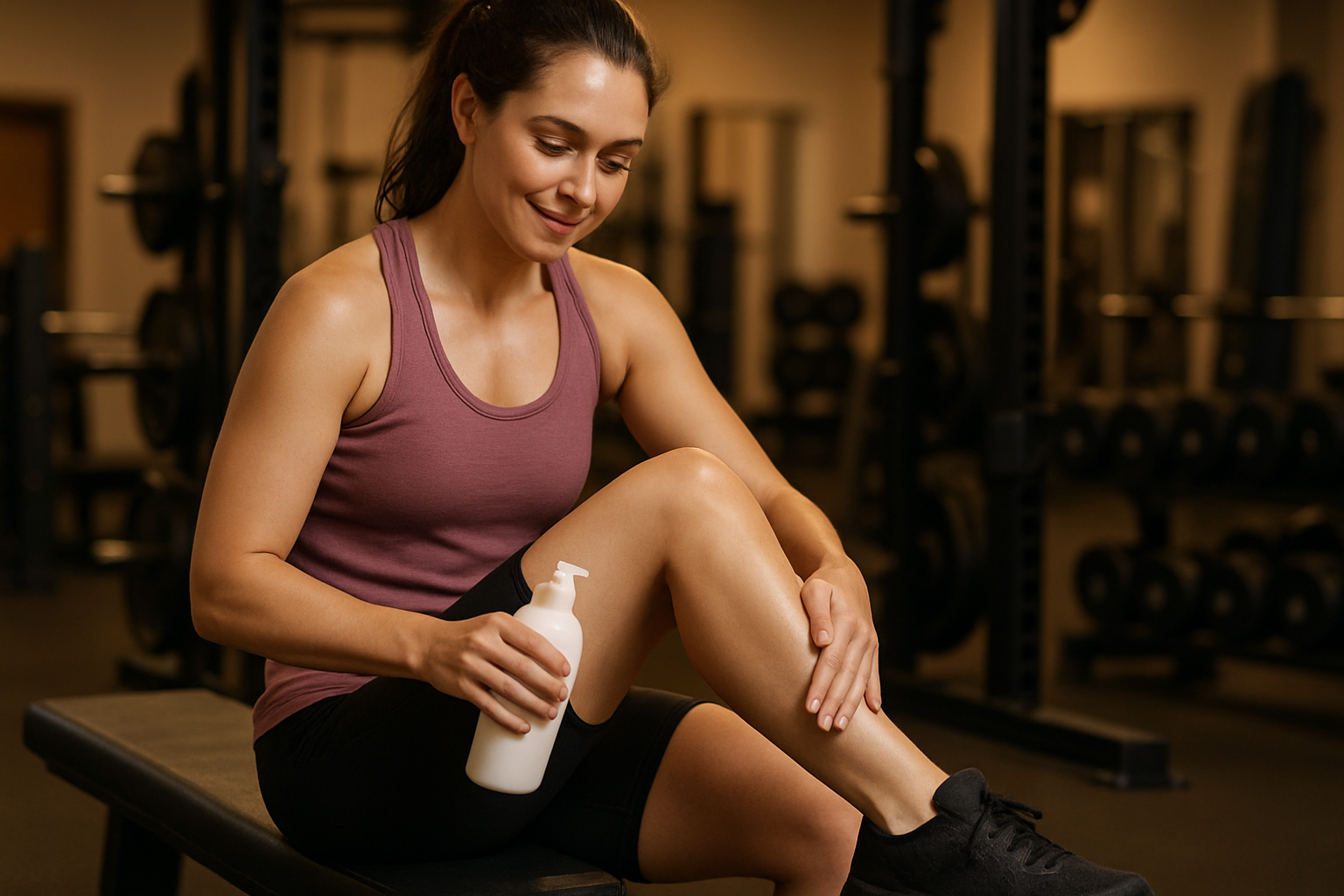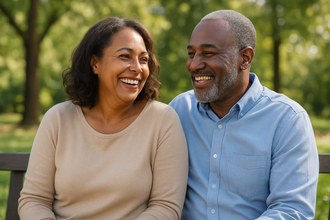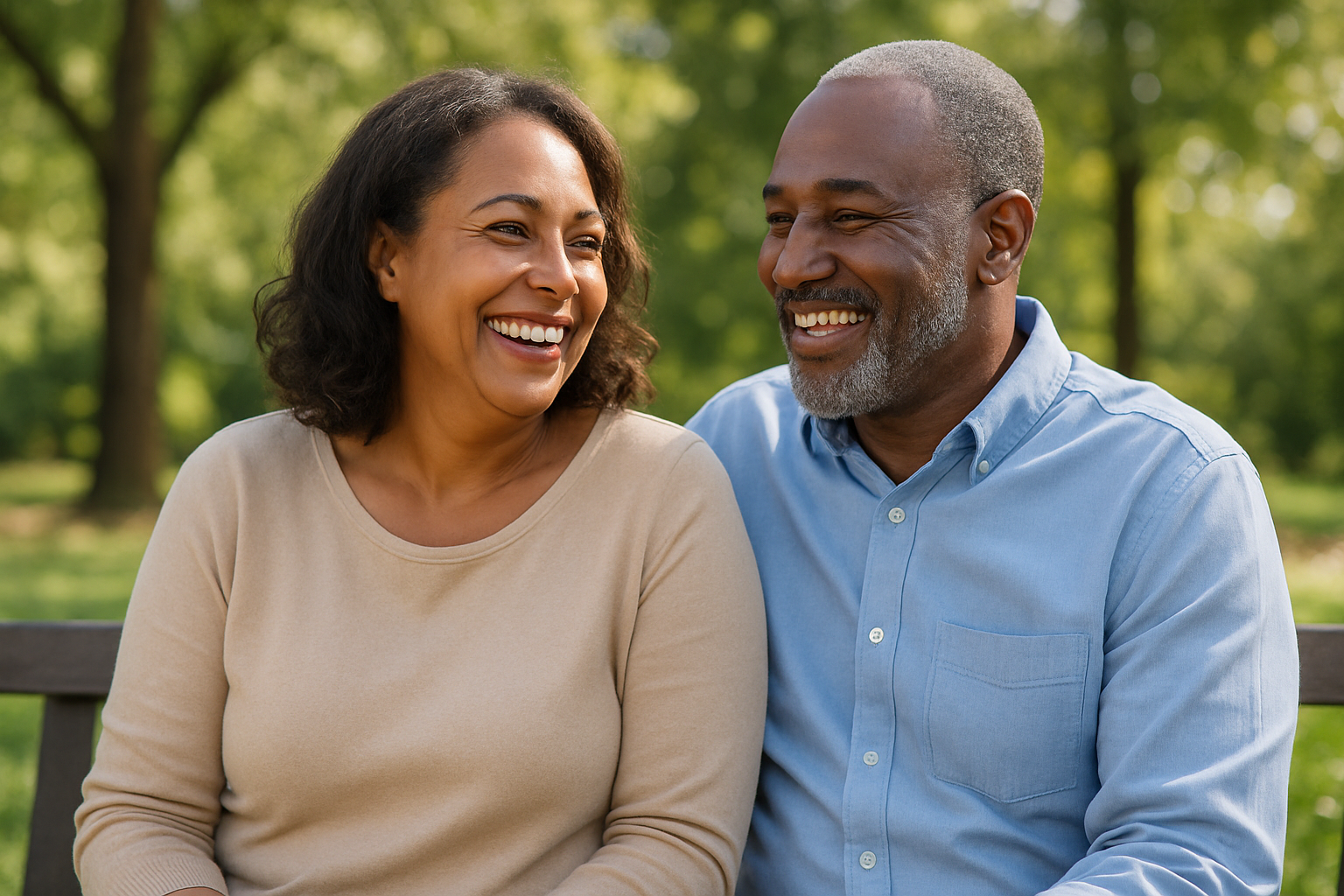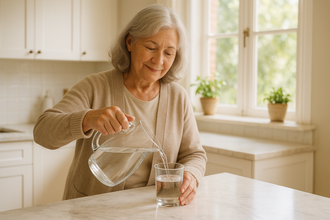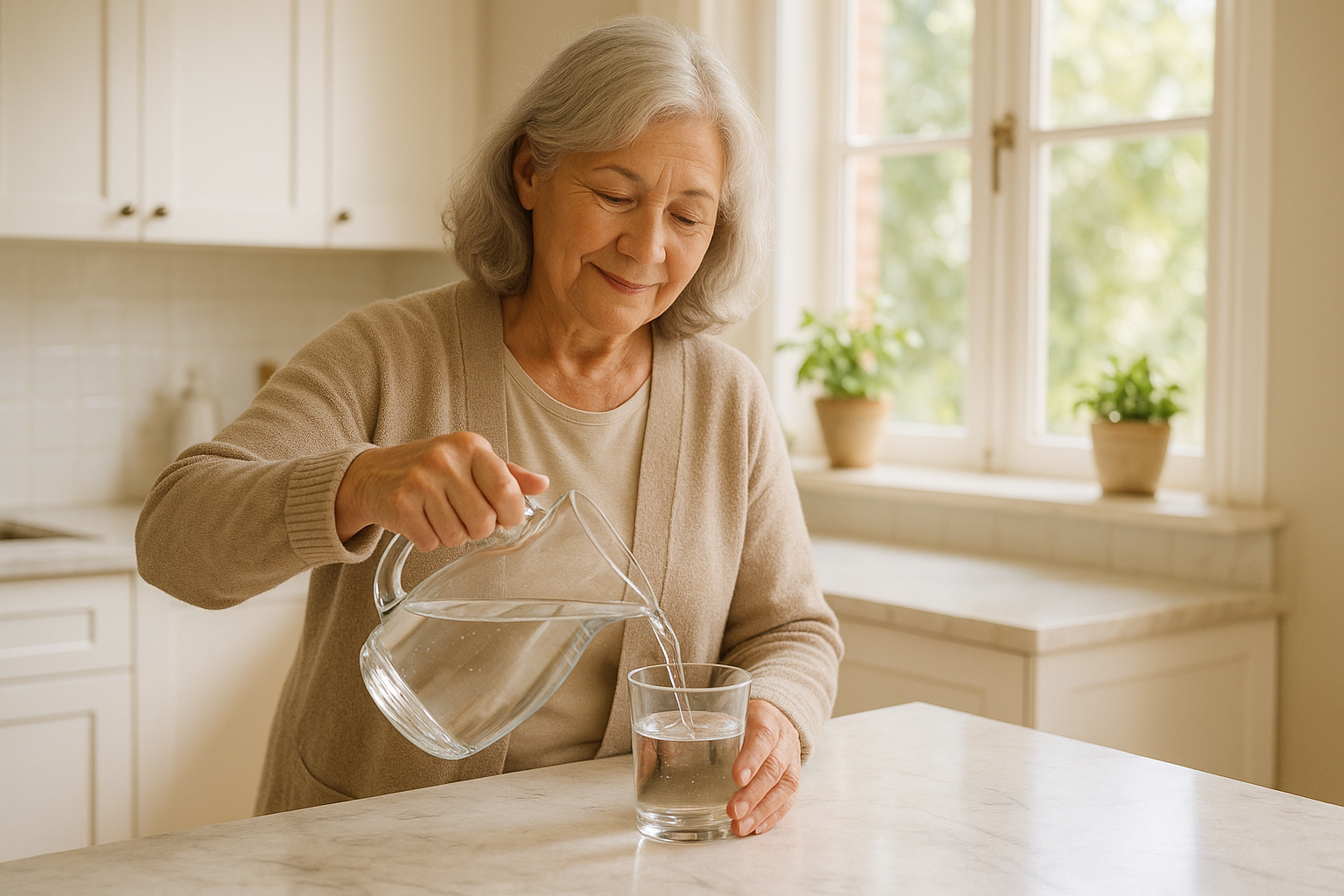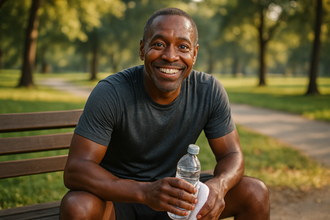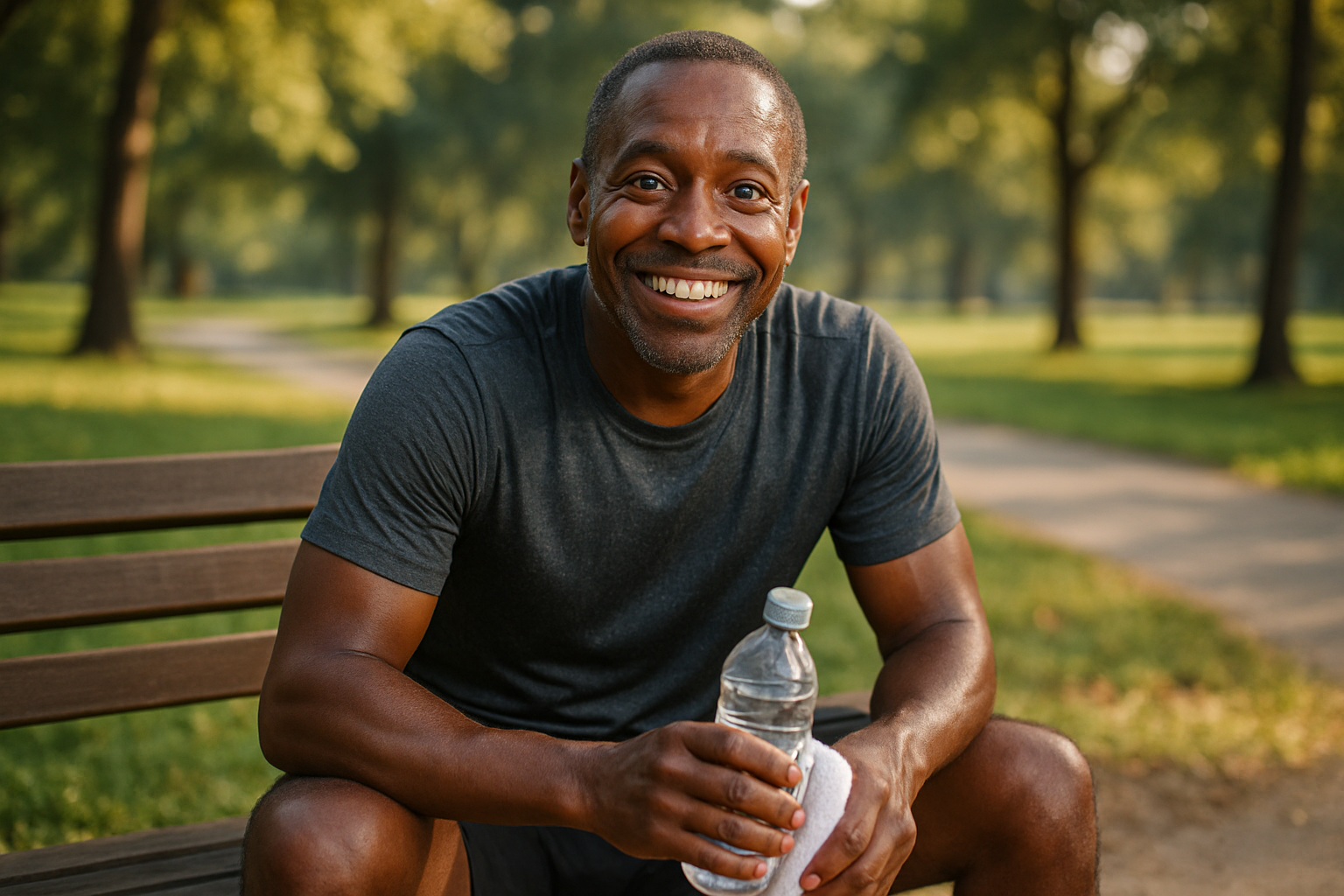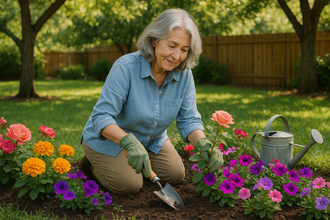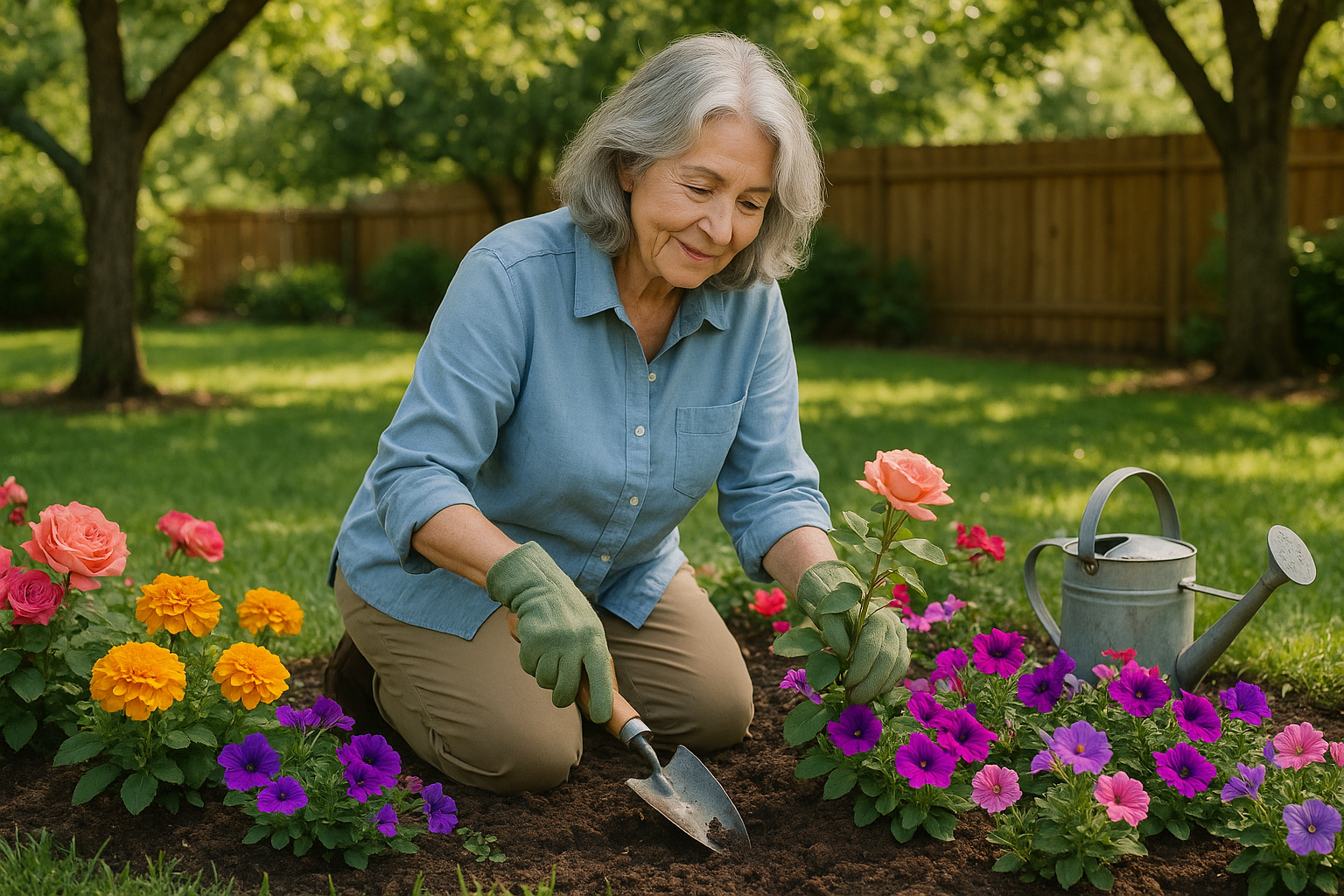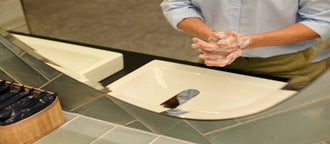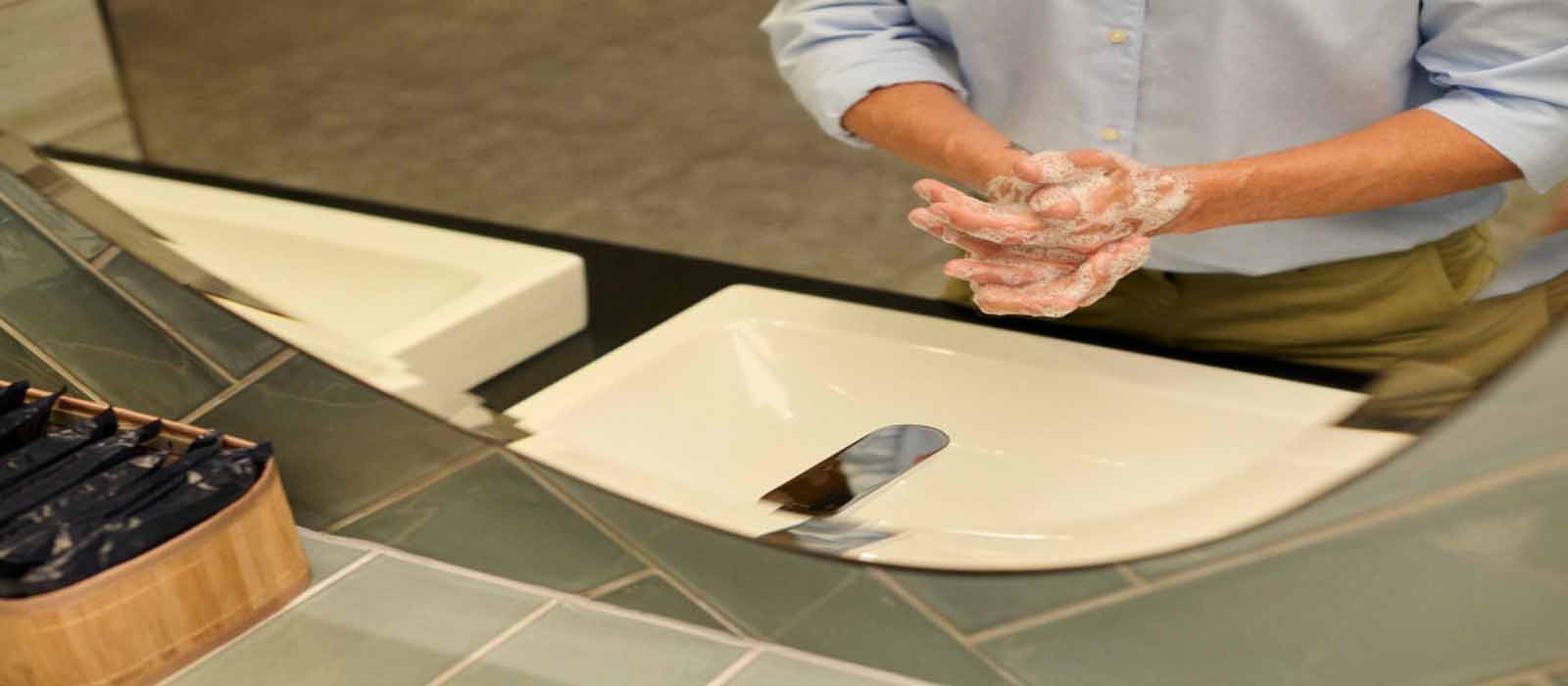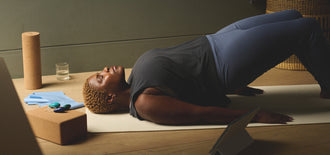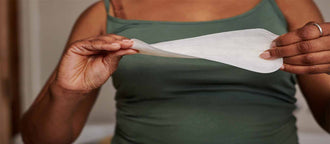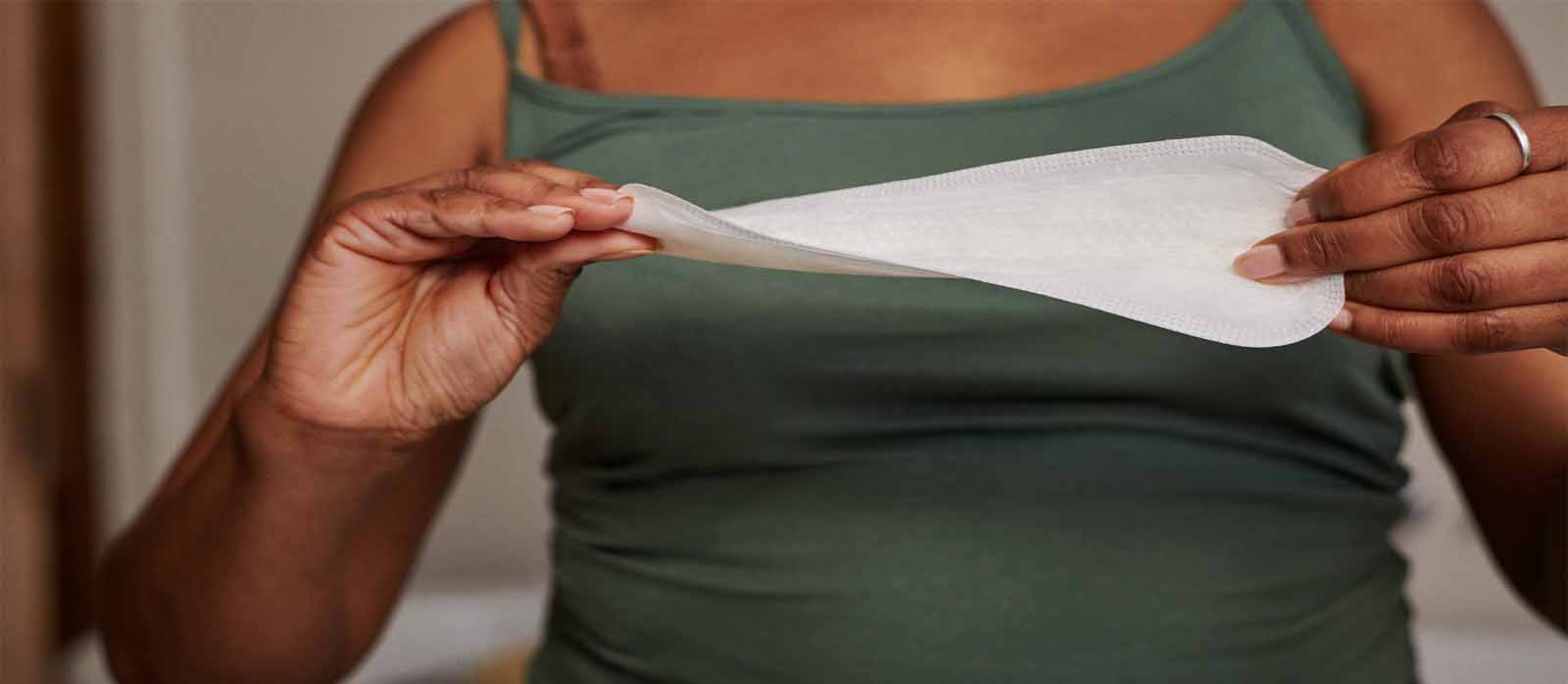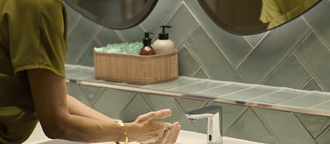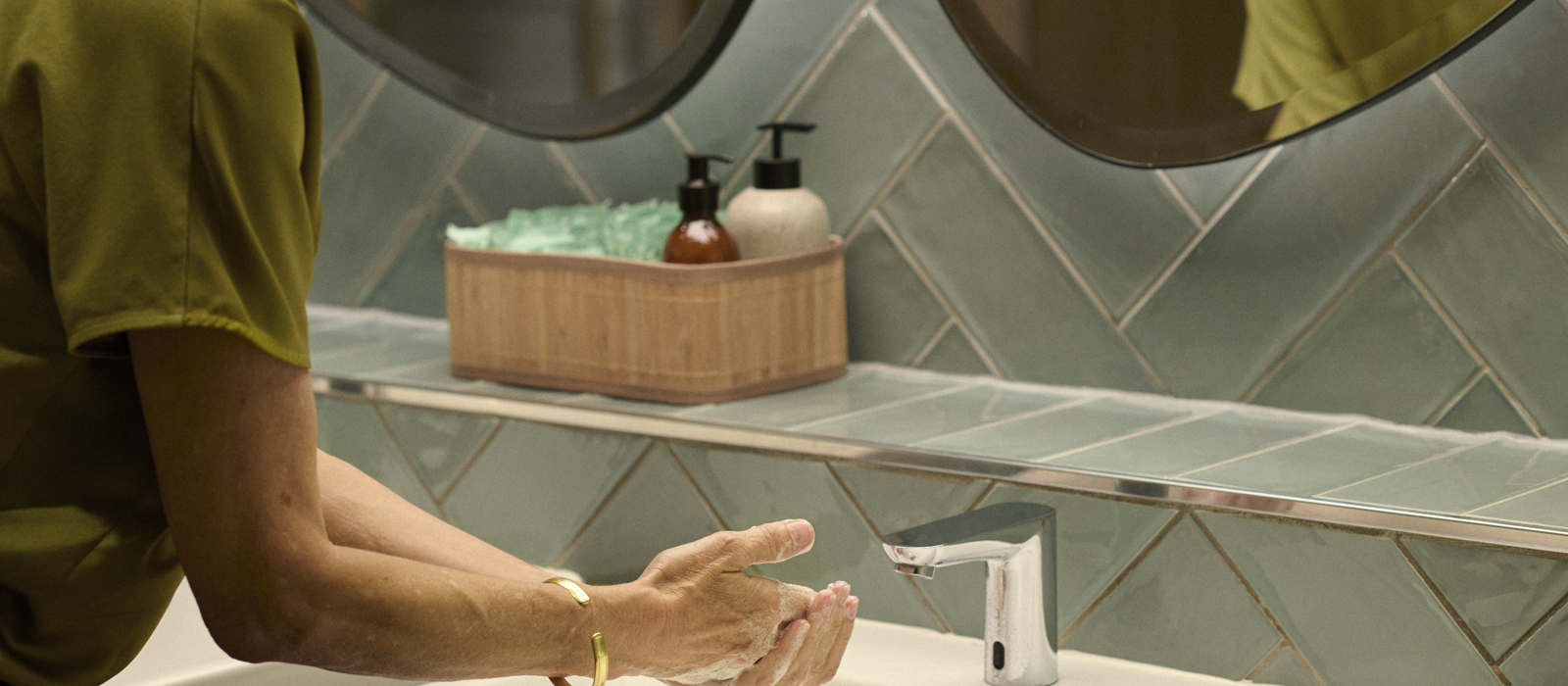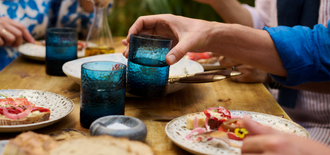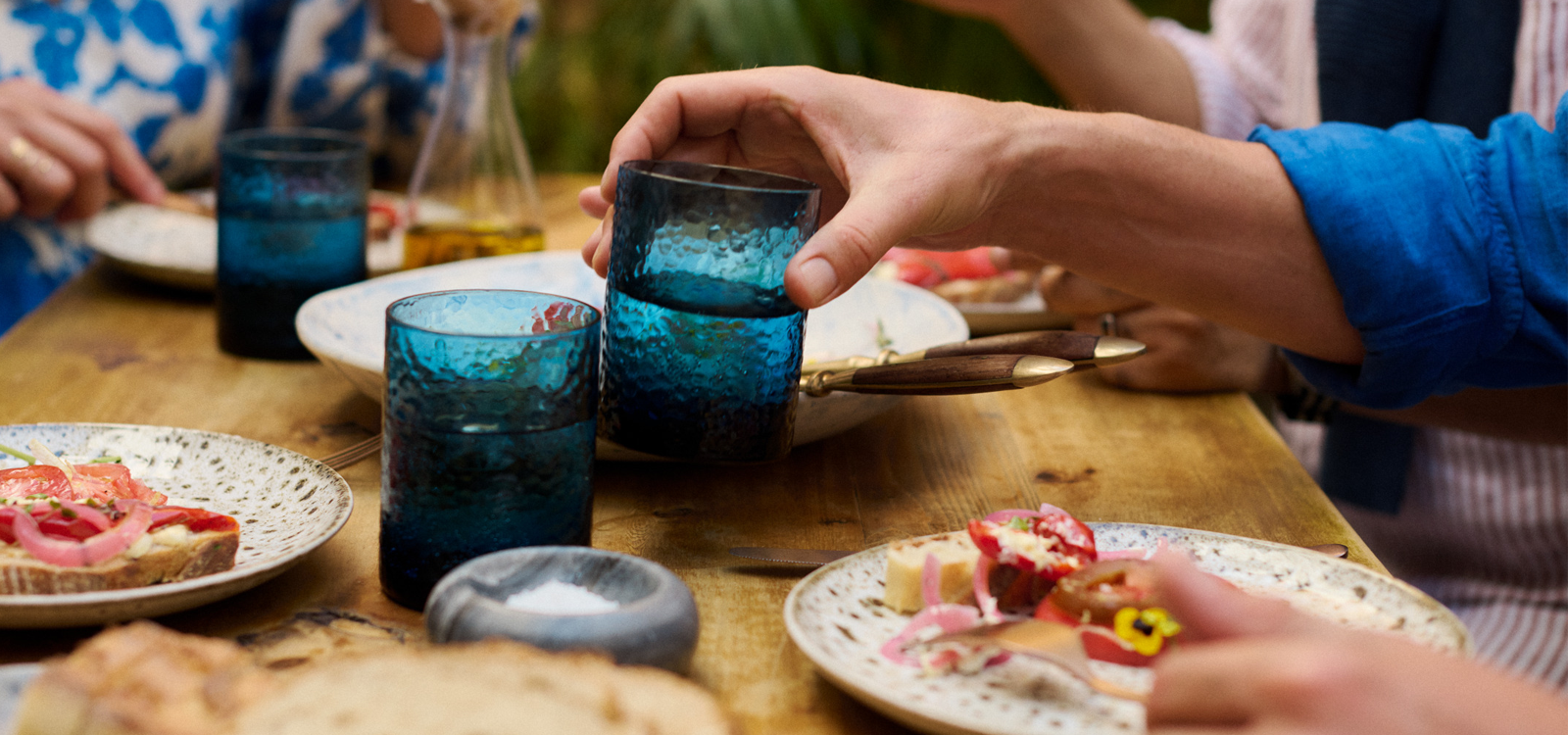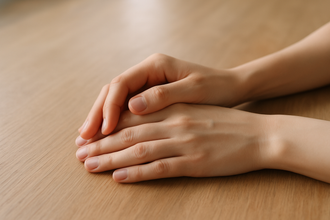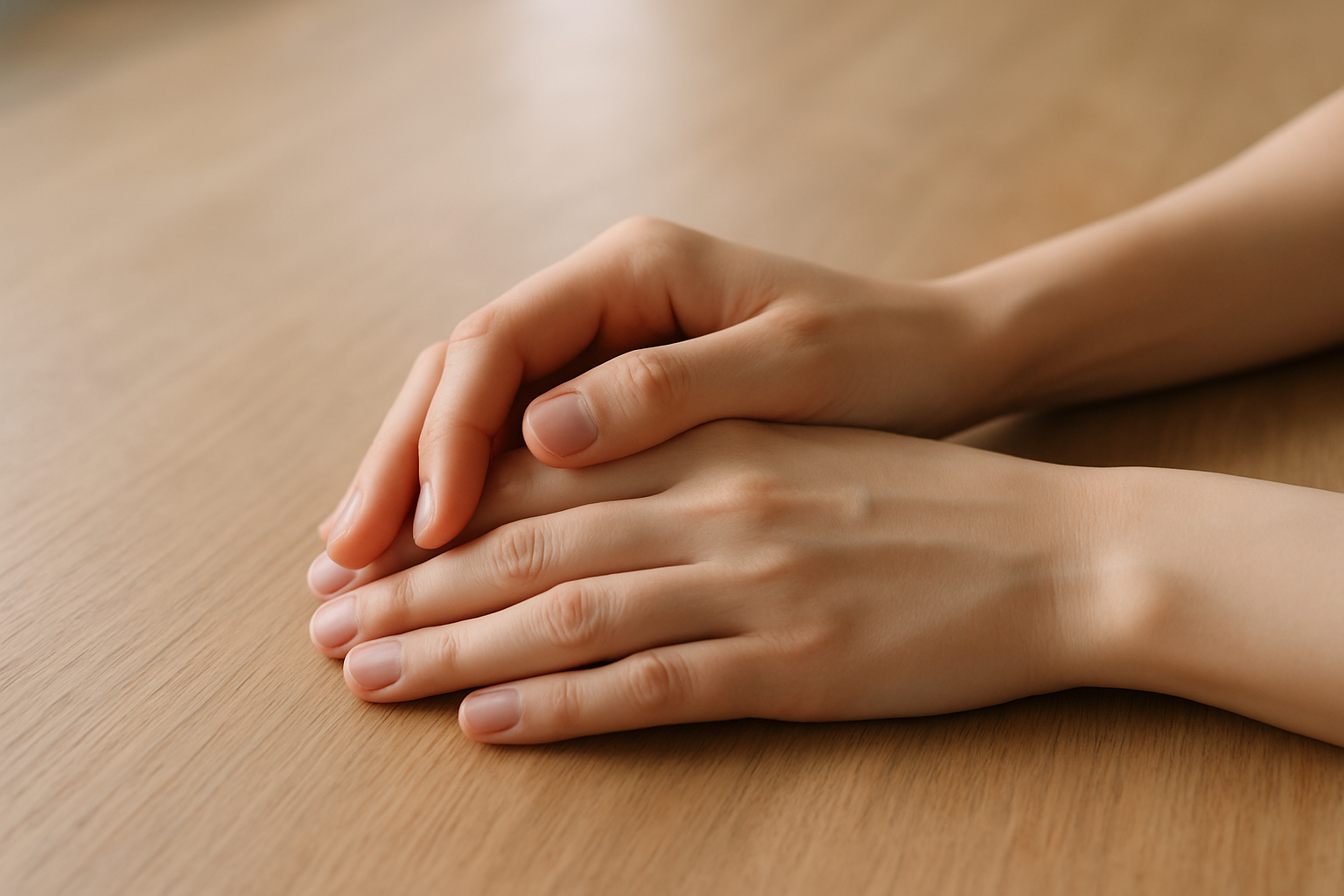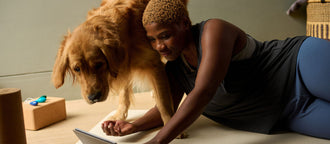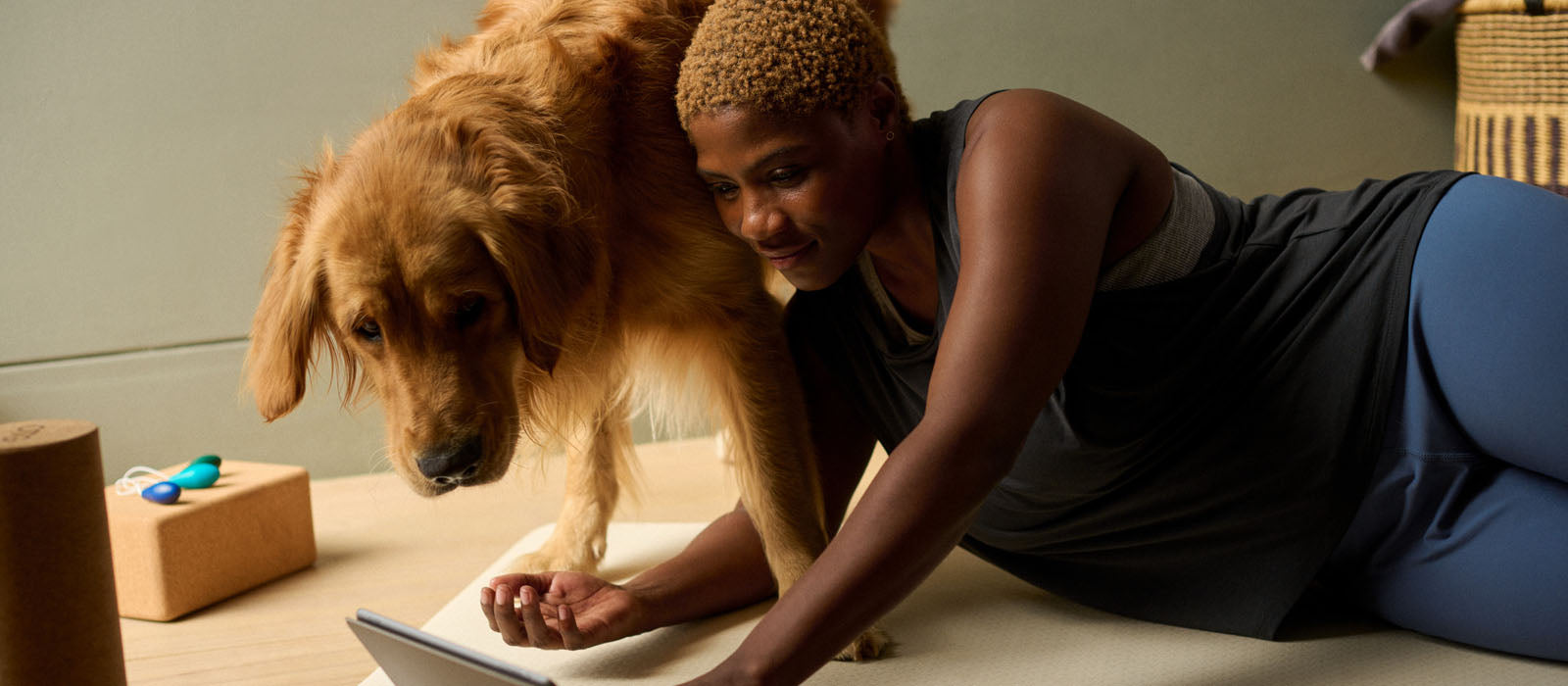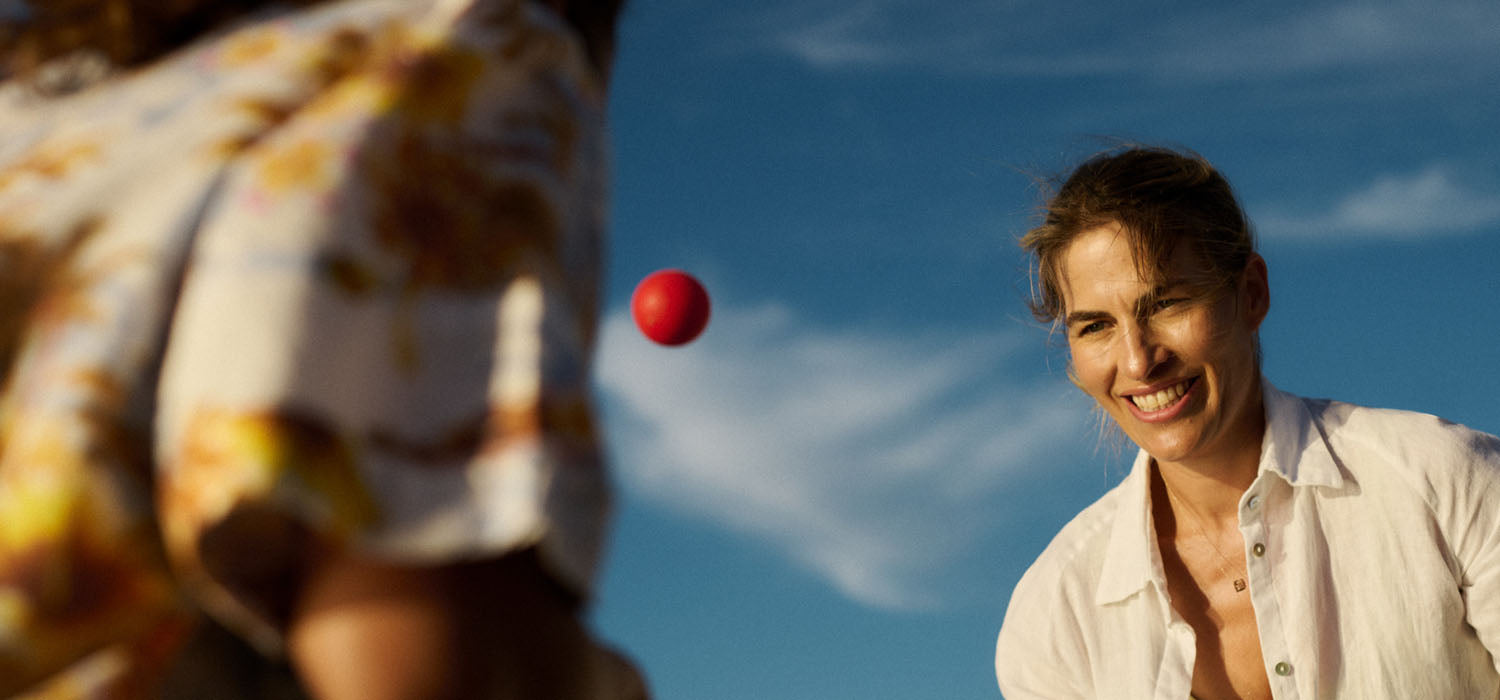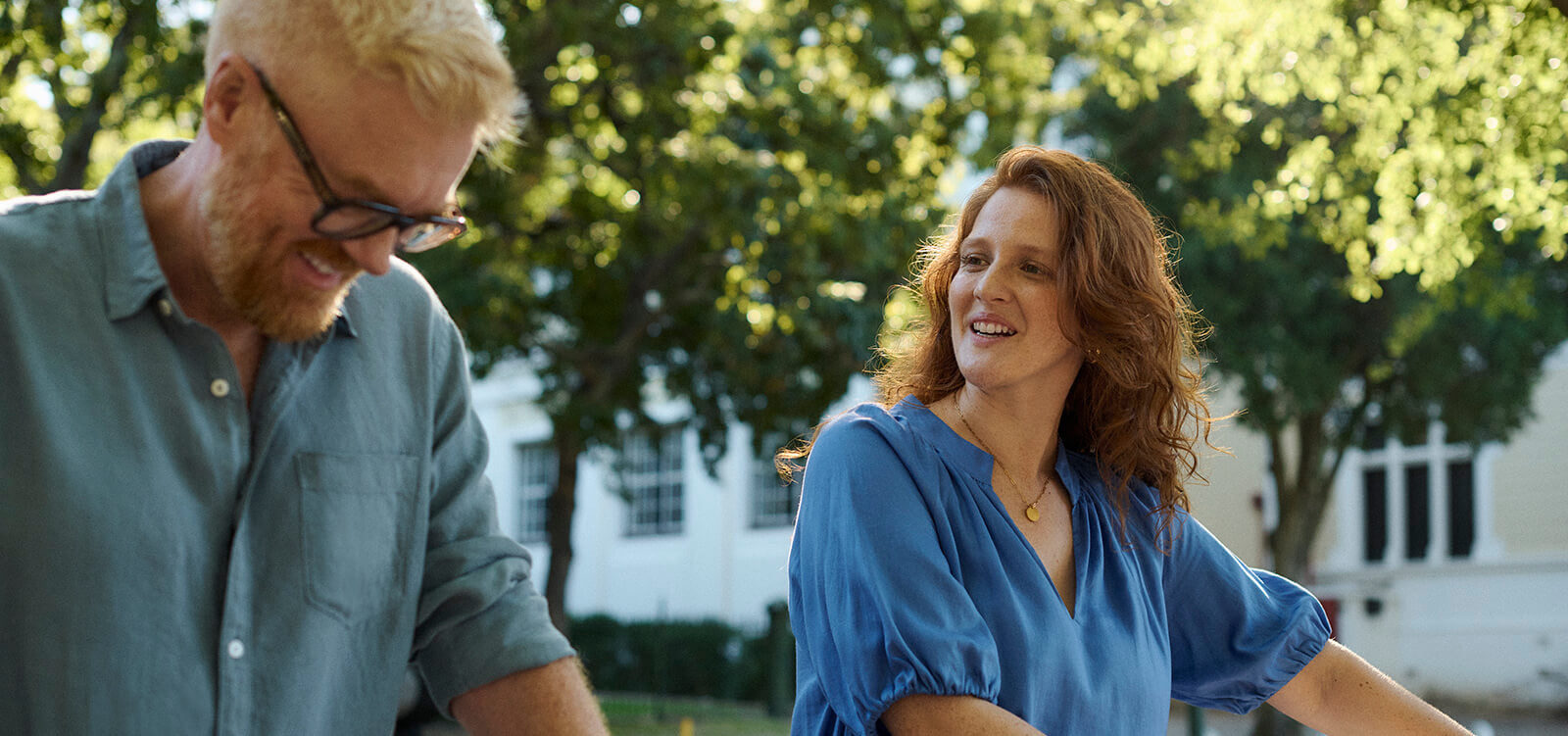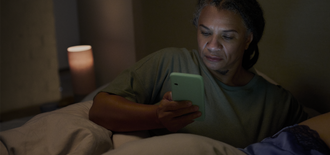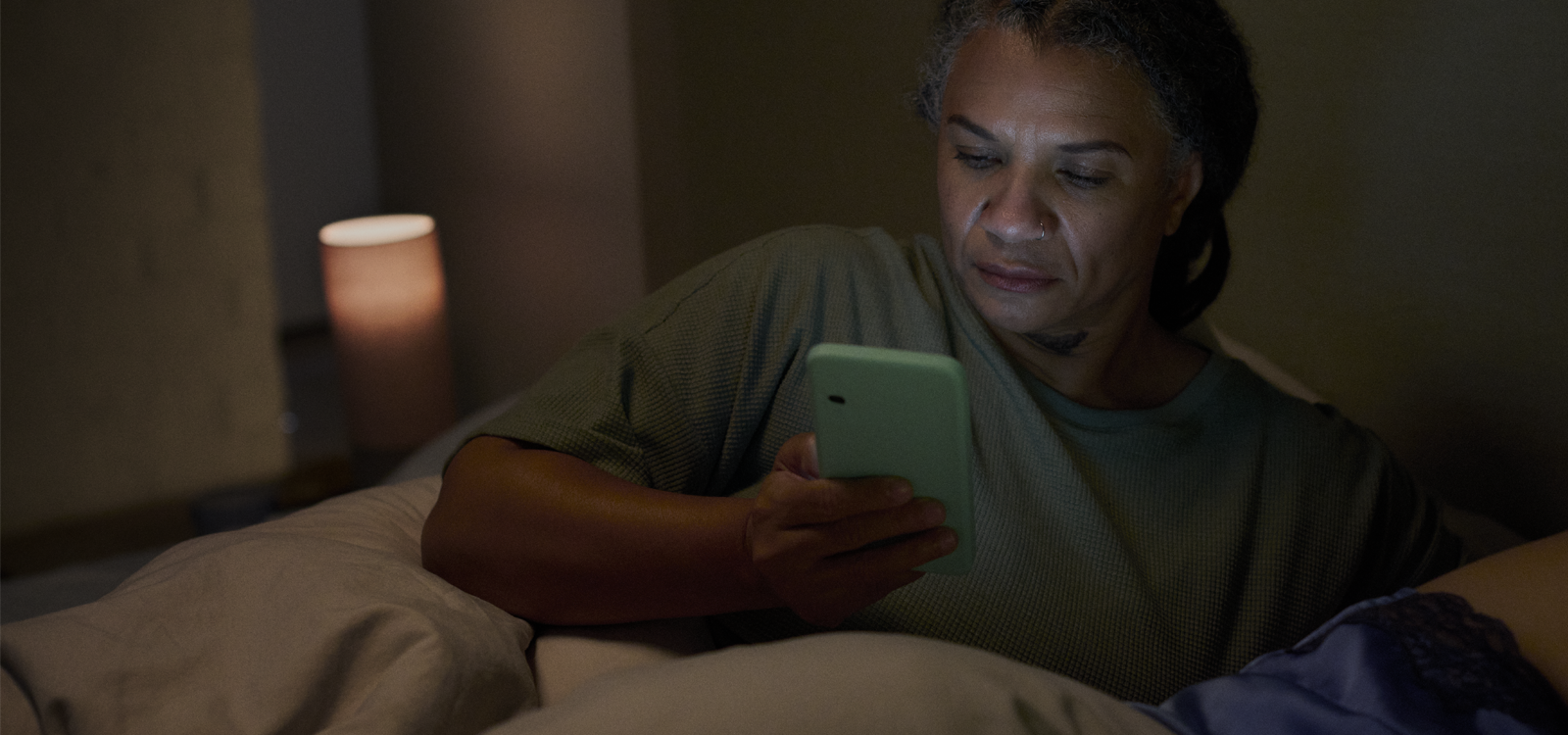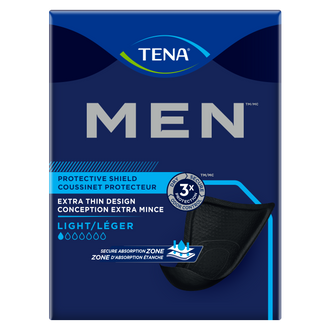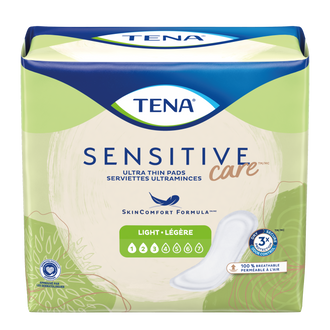Apr 07, 2025
Most of us don’t really think about our bladders until there’s a problem. But this small, hardworking organ plays a huge role in keeping your body running smoothly. A healthy bladder helps flush out waste, keeps you hydrated, and prevents a lot of unnecessary discomfort.
Taking care of your bladder doesn’t have to be complicated. You just need to know a few key things.
Why Should You Look After Your Bladder?
Your bladder is like a storage tank for urine, holding onto it until you’re ready to go.1 When it’s working properly, you don’t even think about it. But when it’s not? Chances are, you will notice.
Some common bladder problems include:
- Overactive bladder (OAB): This causes sudden (and often frequent) urges to pee.2 It can make it tough to get through a movie, a meeting, or even get a good night’s sleep.
- Urinary incontinence: This involves losing control of your bladder and leaking urine when you’re not ready to go.1 That could mean just a few drops or a full-on accident.
- Urinary tract infections (UTIs): These painful infections can cause burning, urgency, and discomfort.2
Bladder issues don’t just affect your body, they can mess with your mind too. Worrying about leaks, always scouting for a bathroom, or waking up multiple times a night can be draining. That’s why looking after your bladder is so important.
A few simple habits can make a big difference in keeping things running smoothly, so you can focus more on life, and less on your bathroom schedule.
How To Take Care Of Your Bladder
Taking care of your bladder isn’t just about avoiding problems, it’s about feeling comfortable and confident in your daily life. Simple lifestyle changes can go a long way in keeping your bladder healthy and preventing issues.1 Let’s break it down.
How Do Fluids and Food Impact Bladder Health?
What you drink and eat plays a role in how your bladder functions.1,3 Getting the right balance of fluids is key. Too little and your urine becomes concentrated, which can irritate your bladder. Too much, and you might find yourself running to the bathroom all the time. If you’re not sure what the right balance is for you, a healthcare provider may be able to provide guidance.1
For more information, check out bladder-friendly foods and drinks.
What Are the Most Common Bladder Irritants?
Some foods and drinks can be tough on your bladder, making symptoms like urgency, irritation, and leaks worse.1
Bladder irritants to watch out for:1
- Caffeine & alcohol
- Artificial sweeteners
- Acidic foods and fruit juices
If you struggle with bladder issues, cutting back on these irritants (or replacing them with gentler alternatives) might help.1 Learn more via our article, Foods and Drinks to Avoid with Overactive Bladder Issues.
How Does Smoking Affect Bladder Health and Should You Quit?
Smoking isn’t just bad for your lungs, it can wreak havoc on your bladder too.
- Smoking irritates the bladder, causing more frequent urination and discomfort. 4
- Not only does it increase the risk of incontinence, but it has also been shown to have a possible link to bladder cancer.4
Quitting smoking isn’t easy, but it’s one of the best things you can do for your bladder (and overall health).4 If you need support, talk to a healthcare provider about smoking cessation strategies.
What Is Bladder Training and How Can It Help?
Bladder training is all about teaching your bladder to hold urine longer and improving control for when you get the urge to go. It’s especially helpful for people with incontinence.3
Bladder training techniques:
- Scheduled bathroom visits – Going at set times rather than rushing to the toilet whenever you feel the urge.3
- Delaying urination – If you feel the need to go, try holding it for a few extra minutes and gradually increasing the time.3
Check out these bladder training techniques.
Why Is a Strong Pelvic Floor Important for Bladder Control?
Your pelvic floor muscles play a role in controlling urination, and when they’re weak, leaks are more likely to happen. Strengthening them can improve bladder control and reduce incontinence.3
Simple pelvic floor exercises like Kegels (where you contract and hold the pelvic muscles for a few seconds, then relax) are a great way to strengthen these muscles. You can repeat the exercise several times a day.3
For a full guide, check out pelvic floor exercises for women.
Which Bathroom Habits Support a Healthy Bladder?
Your daily bathroom habits matter more than you think!
Healthy bladder habits:
- Fluid and diet tweaks – Small changes in what you eat and drink can make a big difference. Cutting back on alcohol, caffeine, and acidic foods can help, and so can maintaining a healthy weight and staying active.3
- Double voiding – This involves waiting a few minutes after urinating, and then trying again. This helps reduce the chances of leftover urine causing leaks later on.3
- Scheduled bathroom breaks – Instead of waiting for that urgent feeling, try setting a schedule to go every two to four hours. This can help regulate your bladder and prevent sudden urges.3
- Bladder training – This involves gradually increasing the time between bathroom visits. The goal is to help your bladder adjust so you’re not rushing to the toilet as often.3
By making small adjustments to your diet, habits, and lifestyle, you can keep your bladder happy and healthy for years to come.
FAQs
Can I get advice on urinary incontinence in elderly patients?
Caring for a loved one with urinary incontinence? You’re not alone, and there are plenty of ways to make things easier for both of you. The first step is to chat with a healthcare provider to figure out what’s causing it, so you can find the best way to manage it.
In the meantime, here are some helpful tips:
Use the right incontinence products. The right protection can make all the difference. TENA offers a range of discreet, comfortable products designed to keep leaks under control while letting your loved one stay confident and active. Whether it’s absorbent underwear, pads, or skin-friendly care solutions, TENA has options to fit different needs.
Make small lifestyle adjustments. Cutting out smoking and alcohol, improving hydration, and following a bladder-friendly diet can go a long way.5
For more expert advice and practical solutions, check out these resources:
References
1. Cleveland Clinic. ‘Bladder’. 2023. Available from: https://my.clevelandclinic.org/health/body/25010-bladder
2. Healthline. ‘Overactive bladder vs urinary incontinence vs UTI’. 2024. Available from: https://www.healthline.com/health/overactive-bladder-vs-urinary-incontinence-vs-uti
3. MayoClinic. ‘Urinary Incontinence’. 2023. Available from: https://www.mayoclinic.org/diseases-conditions/urinary-incontinence/diagnosis-treatment/drc-20352814
4. NAFC. ‘How smoking contributes to incontinence’. 2025. Available from: https://nafc.org/bhealth-blog/how-smoking-contributes-to-incontinence/
5. NIH. ‘Urinary Incontinence in older Adults’. 2022. Available from: https://www.nia.nih.gov/health/bladder-health-and-incontinence/urinary-incontinence-older-adults#treating-and-managing-urinary-incontinence
